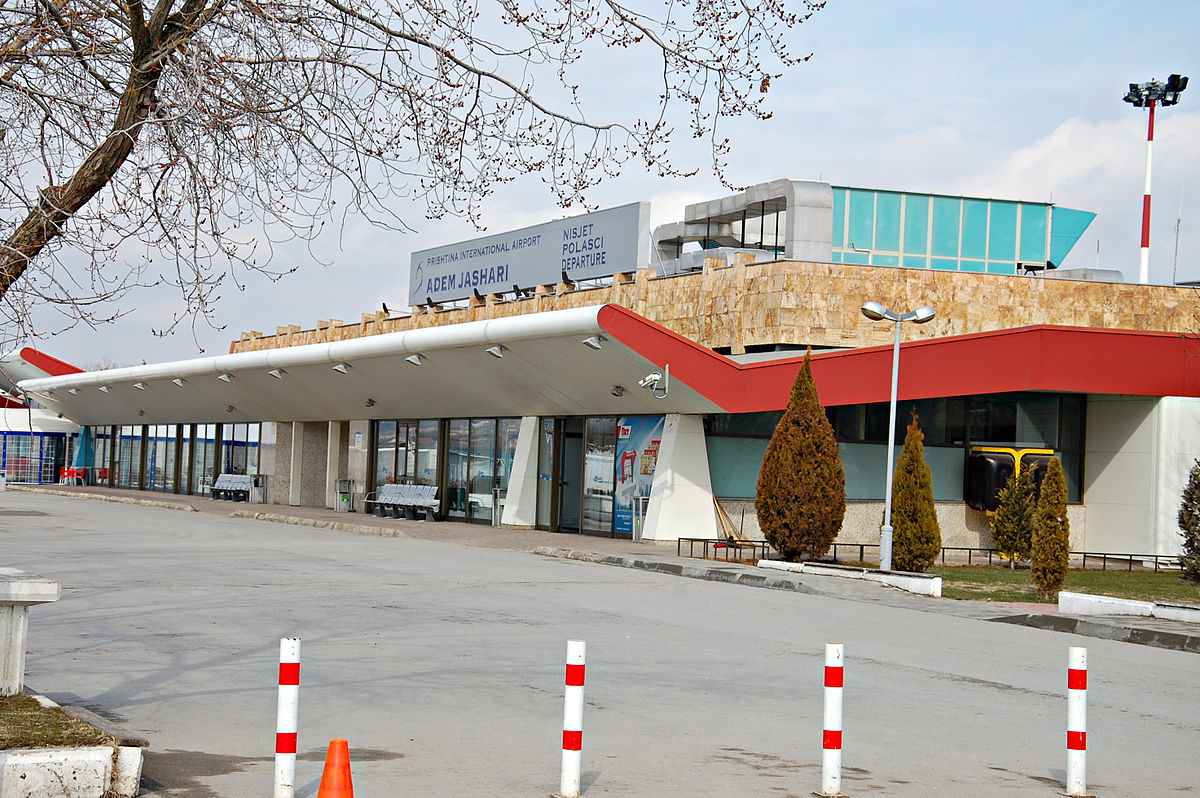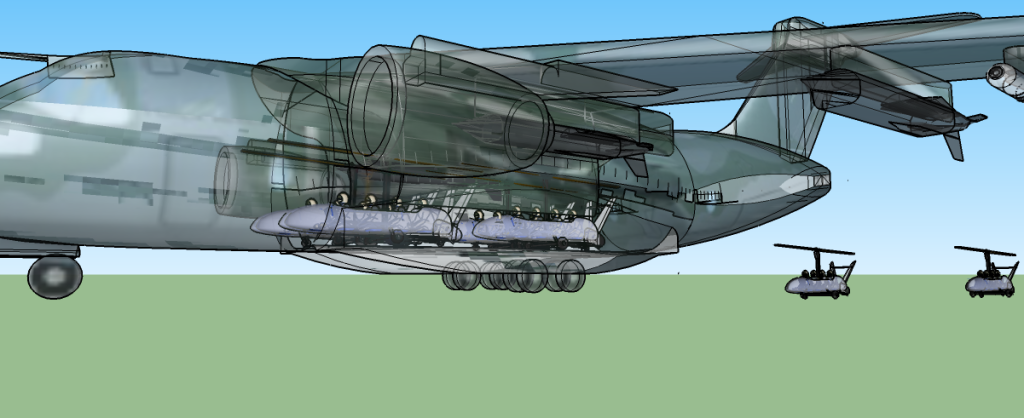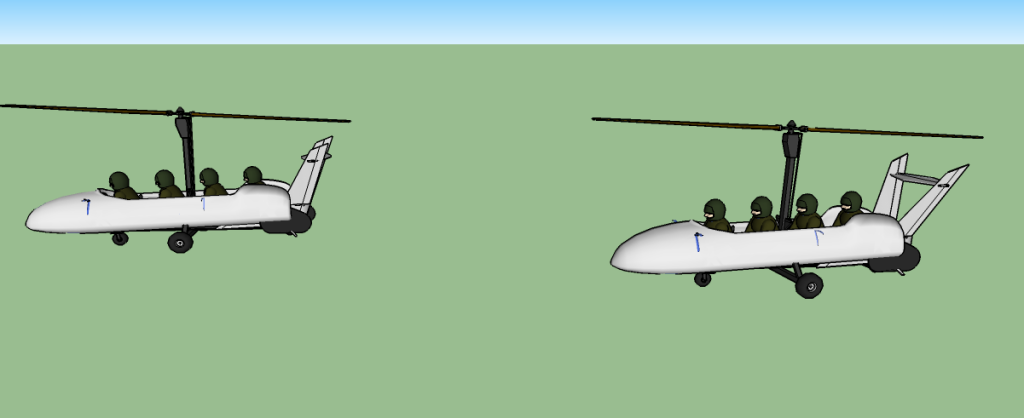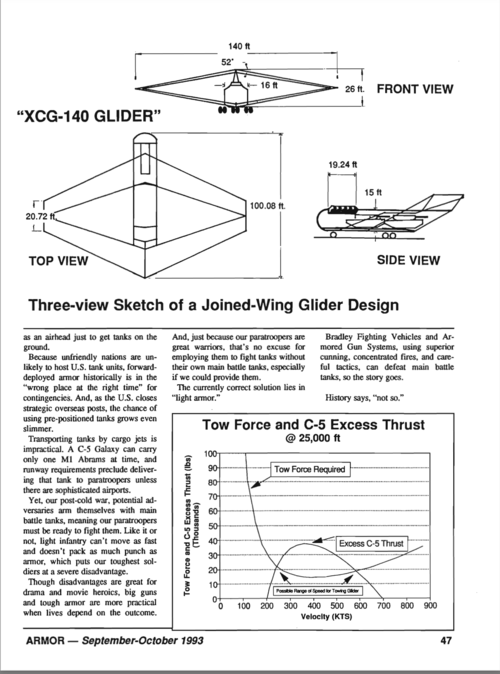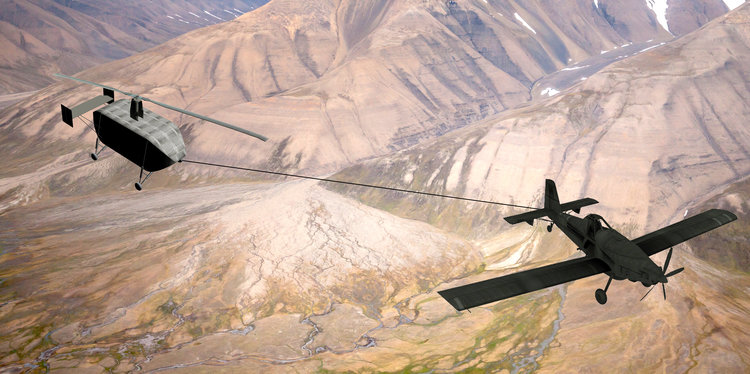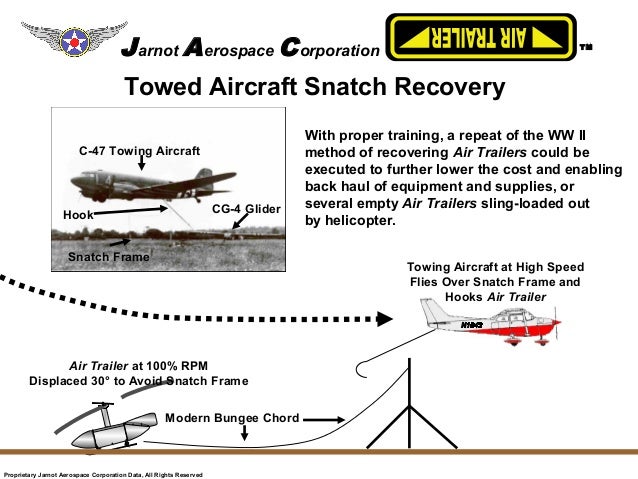shin_getter
ACCESS: Top Secret
- Joined
- 1 June 2019
- Messages
- 1,105
- Reaction score
- 1,484
In this era of access denial and long range fires, it appears that air and amphib assault is harder than ever. Given sufficient resource advantages such attacks is still possible, but what is the best way to do it?
Old Ways:
Turboprop/Jet transport with parachutes
Helicopters
Near Future:
Tilt-Rotor/Compounds
It is actually quite disappointing to see air assault concepts revolve around heavy quad-tiltrotors that puts a "heavy bomber" cost class airframe into the range of MANPADS that enables a well position infantryman to inflict losses on the same order as sinking a destroyer.
---------------
There are however a lot of options that appears incompletely explored, especially for ever changing threat environment, especially for high attrition cases: Some examples:
1. Disposable/Attritable Aircraft
2. Gliders/Landing only aircraft
3. Multi-stage air mobility
For a example of #3, for example on can jump out of transports at standoff range with a powered wingsuit, than transition into LO parachute landing.
New technology on the landing end:
1. Improved control systems that enables things like landing tailsitting rockets. Extreme-AOA post-stall landing is another new option.
2. Electric propulsion that has different cost performance curves
3. Other stuff: Micro-turbojets, maturing stealth tech, etc...
New payloads:
Increasing unmanned systems changes the structure of the landing force.
New threats:
Ever improving missile performance, proliferation of SHORAD to counter MAV, improving artillery response time and lethality.
----------------
Preliminary thoughts on the matter:
Precision landing into complex terrain or extreme dispersion is probably needed for survival on landing. Masses landing on open terrain would be heavily punished by hard to neutralize long range fires.
Standoff for the most expensive air platforms is valuable. Unmanned systems means that the payload does not need to be the most expensive part of the system, though how to structure both elements for optimal capability is a very under explored question. How many man, how many robots of what type, how much munitions, how much money in air vehicles, acceptable attrition rates in insertion, are all really unanswered.
-------
So anyone have any ideas on this matter?
Old Ways:
Turboprop/Jet transport with parachutes
Helicopters
Near Future:
Tilt-Rotor/Compounds
It is actually quite disappointing to see air assault concepts revolve around heavy quad-tiltrotors that puts a "heavy bomber" cost class airframe into the range of MANPADS that enables a well position infantryman to inflict losses on the same order as sinking a destroyer.
---------------
There are however a lot of options that appears incompletely explored, especially for ever changing threat environment, especially for high attrition cases: Some examples:
1. Disposable/Attritable Aircraft
2. Gliders/Landing only aircraft
3. Multi-stage air mobility
For a example of #3, for example on can jump out of transports at standoff range with a powered wingsuit, than transition into LO parachute landing.
New technology on the landing end:
1. Improved control systems that enables things like landing tailsitting rockets. Extreme-AOA post-stall landing is another new option.
2. Electric propulsion that has different cost performance curves
3. Other stuff: Micro-turbojets, maturing stealth tech, etc...
New payloads:
Increasing unmanned systems changes the structure of the landing force.
New threats:
Ever improving missile performance, proliferation of SHORAD to counter MAV, improving artillery response time and lethality.
----------------
Preliminary thoughts on the matter:
Precision landing into complex terrain or extreme dispersion is probably needed for survival on landing. Masses landing on open terrain would be heavily punished by hard to neutralize long range fires.
Standoff for the most expensive air platforms is valuable. Unmanned systems means that the payload does not need to be the most expensive part of the system, though how to structure both elements for optimal capability is a very under explored question. How many man, how many robots of what type, how much munitions, how much money in air vehicles, acceptable attrition rates in insertion, are all really unanswered.
-------
So anyone have any ideas on this matter?

